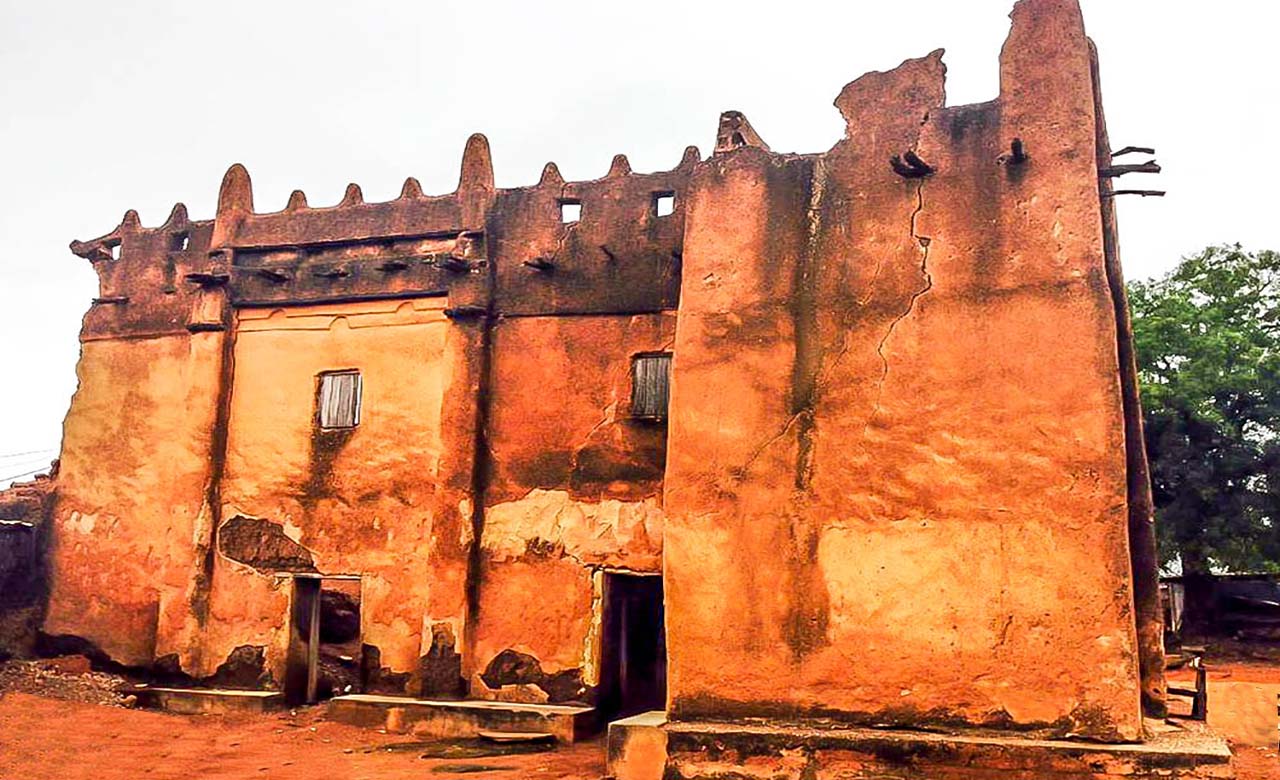Gontougo attractions and its Surrounding areas


The Gontougo Region is located in the northeast of Côte d’Ivoire. Together with the Region of Boukani, they made up the District of Zanzan. The Gontougo region is bounded to the south by the Bounkani region, to the west by the Hambol and Iffou regions, to the south by the Indenie-Djuablin region, to the east by the Republic of Ghana. It is a cosmopolitan region, and has more than 550 000 inhabitants (2014). The historical inhabitants of the region are the Koulangos, who were subsequently joined to the Abrons, Gbin, Nafana, Déga, Lobi people and many others, with the passage of time.
The Comoé National Park

Located in Bouna, about 570 km from Abidjan, the Comoé National Park was created in 1968 as a wildlife reserve (“Bouna Reserve”) and later became a national park. It covers an area of 1,150,000 hectares and is today one of the oldest and most important parks in Côte d’Ivoire. With 500 km of graded trails, the fauna is made up of Elephants, Buffalo, Cobe Buffon, Lions, Hippopotamus, Cynocephals, several varieties of birds and many other animal and plant species.
The house of Samory Toure

During the expansion of his empire in the 1800s, Samory Toure had a residence built in the northeast of Ivory Coast, at Bondoukou. The ruin of this old-fashioned “bunker” is still noticeable and constitute an important tourist site in the capital of Gontougo. The two-storey building was built on an area of about 45 square meters and a height of about 10 meters. This imposing building had several rooms in the past.
The first Bondoukou hut

It is the first house of Bondoukou with traditional architecture and it is what gave birth to the city of Bondoukou. With its small size, in the middle of large buildings, it has lost nothing of its traditional character and it represents the living symbol of the historical past of the region.
The kroubi dance

The Kroubi dance is a famous traditional dance of the Bondoukou and Bouna regions. Dressed in ceremonial clothes, girls from the age of five to 18, perched at a height of almost three meters on beams, mostly hold horsetails that they swing synchronously to the rhythm of a well-orchestrated musical sound. Guided by older women, they wiggle, thereby attracting the attention of the curious observers who are impressed by the pace of steps of this wonderful dance.
The 17th century mosque of Sorobango

A mosque with traditional architecture built in the 17th century.
The Bondoukou museum

Built by a commander the French circle, in 1954, it was formerly the city market before being transformed in 1980 into a museum for arts and traditions.
The weavers of Kanguélé

Located north-east of Bondoukou, Kanguélé is a village inhabited by Koulango and Abron. The laters have a long tradition of weaving and about thirty individual weavers produce traditional lointhclothes on daily.
The craftsmen of Bondoukou

It is a place for the manufacture of various objects for the craft industry. These craftsmen are able to reproduce several objects from the wood.
The Binger's hut

The explorer, Binger, left Assinie in 1888 and was lodged in this hut by Moustapha Ouattara slave trader.
The potters of Motiamo

The Motiamo village is located 7 km from Bondoukou. In this village, the main income-generating activity is pottery. Pottery art is very old and is passed down from generation to generation.
